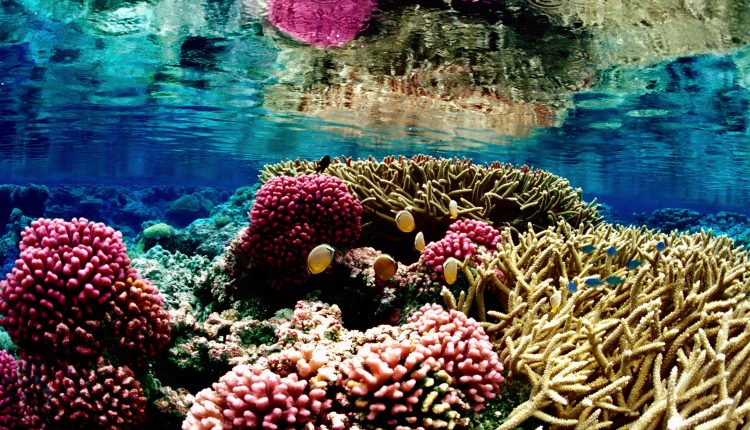How is the Coral Reef Being Affected?
Some marine biology studies have said the fringing reef grows at about 2 to 7mm per year along the shore.
Corals are susceptible to environmental changes. Too much sediment, sand or mud, in the water can kill them. That is why coral reefs do not grow close to the mouths of rivers. With the increase in storms, hurricanes and temperature changes in general, many experts have predicted that over 50% of the coral reefs in the underwater world may be destroyed by the year 2030 (that’s only 20 years from now).
As proof of this, many divers and snorkels have witnessed white corals or coral bleaching, which is a vivid sign of corals responding to stress. Once bleaching begins, corals continue to bleach even if the stressor is removed. While most reef areas recovered with relatively low levels of coral death, some locations suffered severe damage, with up to 90% of corals killed.
Environment changes or global warming are not the only causes of coral death. As we mentioned, a coral reef is a habitat for many other animals and plants that co-exist harmoniously in the underwater world. However, selecting fishing on coral reefs is exterminating one group of fish and making some others over-populate. For example, fishing lobsters with sea urchins in their diet create an overpopulation of sea urchins, which will walk all over the reef and eat all kinds of algae, including the ones that co-exist with the corals.
Other major coral killers are the anchors of boats, the removal of coral for souvenirs or jewellery, and the most destructive- the removal of coral for big aquariums and homemade aquariums. Mariculture operations, including coral farms, make up only a tiny fraction of the current market on coral trades for aquariums.
As a solution, many governments now prohibit the removal of coral from reefs to reduce damage to the underwater world and prohibit travellers from bringing souvenirs or jewellery made from corals. Some governments have also restricted fishing in areas that are protected, much like the design of national parks. For example, the Great Barrier Reef, the Galapagos Islands, and Belize’s Barrier Reef have been designated as protected by nominating them as World Heritage sites.
Many associations are working on new technologies to increase coral life in the underwater world. Some are very impressive, like the low electrical voltage on seawater to dissolve minerals like white carbonate (aragonite), the same mineral that makes up natural coral reefs. Also, reef balls are artificial reefs made from balanced microsilica concrete. They are rated to create a rough surface texture to promote settlement by marine organisms such as corals, algae, coralline algae, and sponges.
It is said that a small effort from each person can make an awful change. Here are some points from a diver’s perspective on helping the underwater world.
- Volunteer
- Dive responsibly
- Be a protector of the environment
- Help educate others
Participate with your local dive centre in beach and underwater cleanups.
Donate to organizations that are involved in the restoration of the underwater world.
